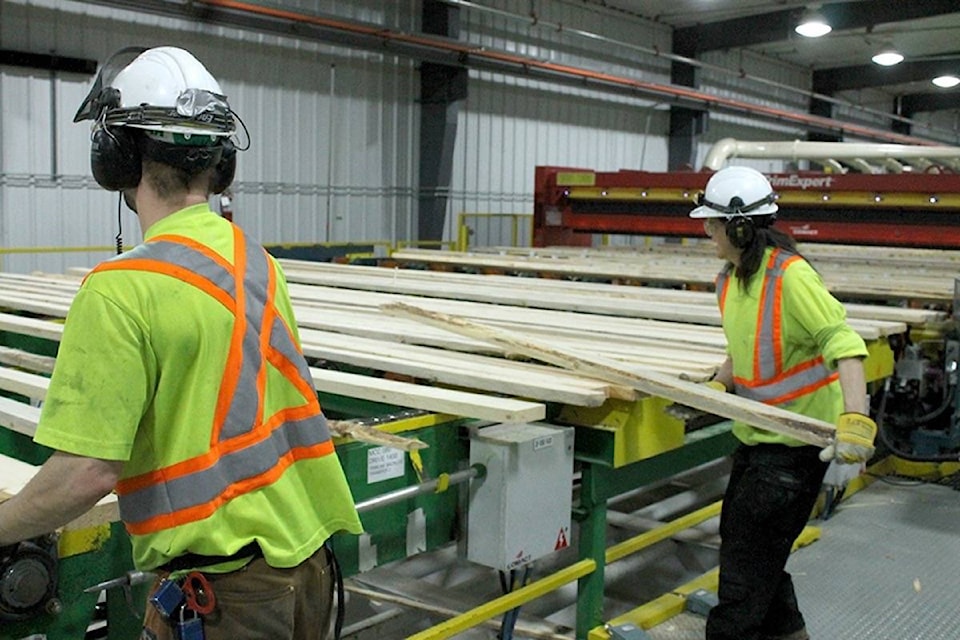Burns Lake council plans to discuss the upcoming annual allowable cut (AAC) determination for the Lakes timer supply area (TSA) at the Union of B.C. Municipalities (UBCM) convention next month.
Mayor Chris Beach will be travelling to this year’s convention along with councillors Susan Schienbein and Charlie Rensby, and chief administrative officer Sheryl Worthing.
Council has recently received several letters from local residents expressing their concerns over the impending AAC determination.
READ MORE: Large turnout to discuss annual allowable cut in Burns Lake
“I understand that there are concerns about out forest district and sustainability, but I also see the impact that decreasing the allowable cut can have on our local economy,” wrote Katie Lambert, a local business owner. “Our forest industry is essential to our local economy, and does not only affect Burns Lake, but a mill closure in our area could affect areas from Fraser Lake to Houston and beyond, as we have many who travel for work between our communities.”
Burns Lake resident Tanner Mielken, who works in the forest industry, writes that if the Lakes AAC has a significant drop, it could affect her job, as well as her family and community.
“For starters it could mean the potential shutdown of the mills in our area and potentially the loss of my job, and of course without a job there would be no money to pay my bills and feed my family,” she wrote to council.
Amanda Carley, a Babine Forest Products employee, wrote that the local mill is very important to her family of four.
“It sustains our life, it supports my children with their future endeavours, it allows us to live comfortably and happy,” she wrote. “The health of our community is at stake.”
Brian Mailloux, a local resident who’s been in Burns Lake for 32 years, says he moved here from Ontario and does not wish to move back.
“I challenge your government to work with stakeholders to find real solutions that will maintain a realistic AAC for the Lakes TSA that will continue to provide economic certainty for Burns Lake and the surrounding areas for years to come,” he wrote to Mayor Beach.
Council will discuss this topic with the Ministry of Forests, Lands, Natural Resource Operations and Rural Development at the 2018 UBCM convention, which will be held in Whistler from Sept. 10-14, 2018.
The ministry has recently told Lakes District News that no forecasts have yet been developed for the new AAC as information required to develop those forecasts is still being assembled.
READ MORE: No forecasts developed yet for new AAC in Burns Lake area: ministry
The ministry is currently collecting information and seeking input from licensees, the public and First Nations on a new data package - which summarizes the technical information and management practices - that will provide the basis for an upcoming timber supply analysis, to be conducted later this year.
“Residents will again have another opportunity to comment once the upcoming timber supply analysis is completed,” explained Vivian Thomas, a spokesperson for the ministry. “The results of the timber supply analysis will be presented in a public discussion paper that will be made available for review and comment.”
The chief forester will likely have an AAC rationale by summer 2019. The current AAC of approximately 1.6 million cubic metres will remain in effect until a new AAC is determined.
@flavio_nienow
flavionienow@gmail.com
Like us on Facebook and follow us on Twitter.
